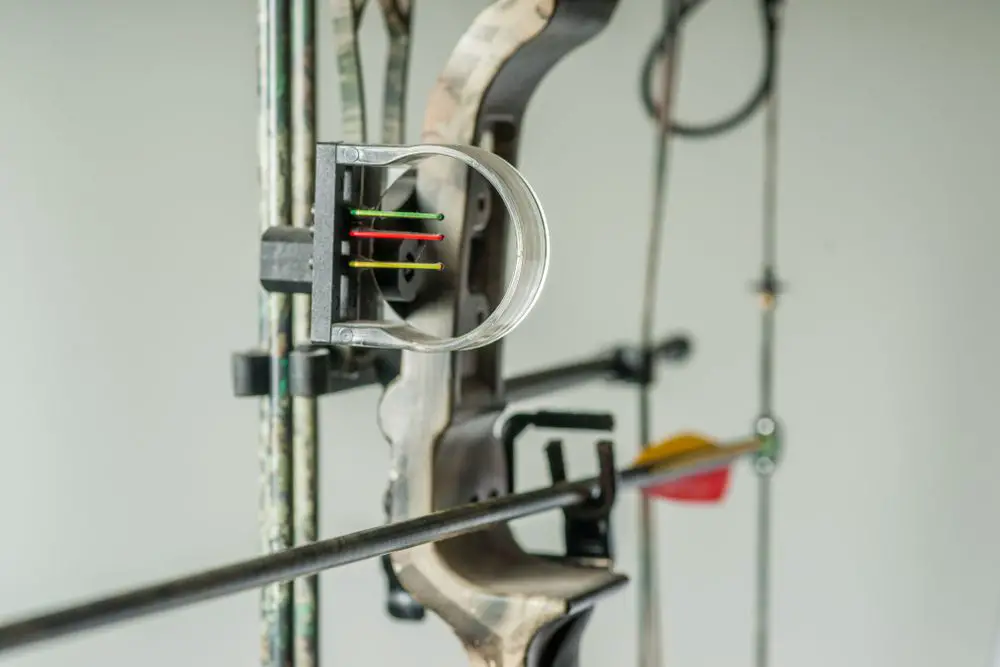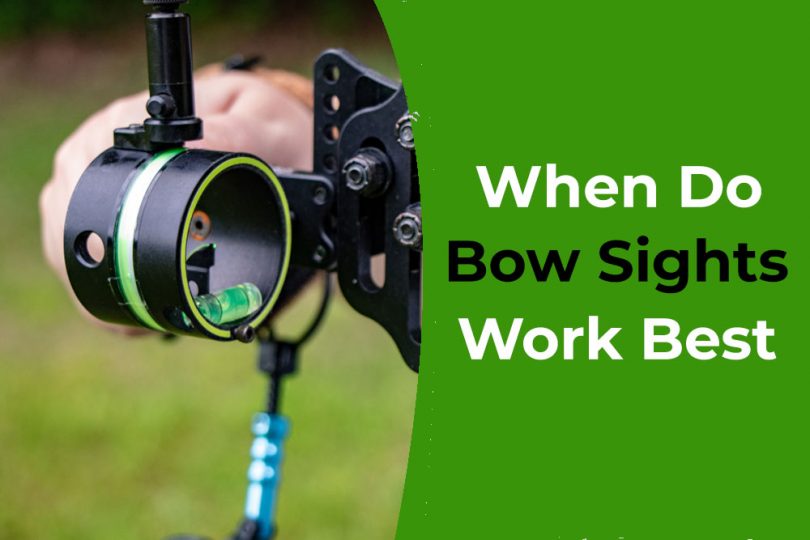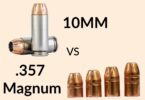A bow sight is an important component for archers and sportsmen who want to improve their accuracy. It is primarily used by archers to reduce or eliminate shooting mistakes.
Its characteristics are nearly identical to those of a gun sight, with a few exceptions. There are several variations of bow sights that you can find on the market. But how do these bow sights work? When do bow sights work best? How to get the best output from your bow sight?
That’s what we’re exploring today! Each of the categories reflects a distinct sort of need. First, you must know why you want a bow sight and how you intend to use it.
When bow sights are a must Bow sights are necessary for precision aiming and consistency, especially for mid-to long-distance shots. Those with illuminated pins or fiber-optic technology are great for low-light environments. But there’s no place for these sights in situations like instinctive and close-range shooting or when hunting in dense forest.
When Do Bow Sights Work Best?

1. When Shooting Targets That Are Not on Flat Terrain
The bow sight is the most effective if you’re not on flat terrain. During this moment, the bow sight provides a lineup for the best sight to fix at your goal. Since arrows are pointed, they must be as straight up and close to level position as possible for optimum impact. In this instance, you can apply bow sight to determine the proper degree and angle.
Whether the target is on a slope, check to see if it is moving since this may mess up the shot’s balance. Even if the target is on a slope, proceed even further to shoot directly at it.
2. Whenever Your Bow Is in the Proper Position
The easiest way to hit the target is to use bow sights. You can use bow sights to see whether you’re at an uncommon angle with your target.
The bow sight should control the bow better regardless of which place you are shooting from. Bow sights keep it simple even for novice archers because they let you notice if you’re not handling the bow correctly.
Aside from helping in aiming and keeping the bow stable for precise shots, they also allow you to focus on the right anchor point.
3. When You Can Calculate the Shooting Distance
Estimation is a highly important ability to have if you wish to use a bow sight. It makes no difference whether you’re shooting at long or short distances. This is because estimation will be required in both situations. Then you’ll be able to determine the ideal bow sight for hunts and the objective of your choosing.
Once you’ve mastered self-estimation, you can use bow sights for long-range shooting. And once you’ve gained some shooting expertise, you’ll be able to select the finest bow sight for yourself.
4. When You Wish to Enhance Your Accuracy
If you are wondering when do bow sights work best, you can be sure they will be necessary if you’ve just started out with archery and have been missing a lot of shots since then. The bow sight works similarly to a gunsight, but it includes additional capabilities to assist you to calculate your distance from your target.
The good news is that you don’t need an overpriced bow sight with lots of bells and whistles. You can buy a low-cost and effective long-range sight to increase your accuracy. So, if you’d like to take accurate shots and minimize the shame of missing shots all the time, you should use a bow sight.
5. When Firing at Long Distances
It’s worth noting that bow sights are mostly used for long-range shooting. This is a necessary component to have in your scope when you need to fire from a great distance. In such cases, the bow sight is the ideal choice because it has a lens that aids in magnifying the objects.
6. When You Get a Bow Sight That Fits With Your Bow
Another situation in which a bow sight will be most useful is when you purchase a bow sight that’s also fully compliant with your bow. In such cases, you may go ahead and purchase a bow sight for your bow with ease.
Even if you have the finest long-range bow sight, if it doesn’t match your bow, it’s worthless. That’s why you should consider the scope’s compatibility first.
When Not to Use a Bow Sight?
Now that you know when do bowsights work best, there are situations or shooting styles where they are actually not preferred. Here are some examples:
1. Instinctive Shooting
Some hardcore archers prefer to shoot instinctively where they rely on their muscle memory and instinctual aiming without the aid of a sight. This shooting style involves developing a deep understanding of the bow, arrow trajectory, and target distance through practice and experience.
2. Traditional Archery
Traditional archers often value the simplicity and historical aspects of archery. They usually use traditional bows like longbows or recurve bows without modern accessories like sights. Traditional archery emphasizes connecting with the bow and arrow on a deeper level and relying on intuitive or instinctive aiming techniques.
3. Close-Range Shooting
You won’t need a bow sight in situations where the target distance is very close, such as within a few yards or even point-blank range. You will have to rely on instinctive shooting or gap shooting techniques where you will visually estimate the arrow’s trajectory and aim based on a predetermined reference point on the bow or your surroundings.
4. Hunting in Thick Brush
When hunting in dense vegetation or heavily wooded areas, you may find it challenging to use a bow sight effectively. The limited visibility and obstructed shooting lanes can make it difficult to align the sight properly. In such cases, there is no other way but to rely on instinctive shooting or point-on aiming techniques to react to the movements of your game quickly.
5. Traditional Games or Recreational Shooting
Some archers may choose not to use a bow sight during informal archery sessions or when participating in traditional archery games or recreational shooting. These activities usually prioritize enjoyment, experimentation, and the social aspects of archery rather than strict accuracy.
FAQs
1. Is a bow sight necessary?
Ans. If you only want to shoot arrows from a range of 12 feet or less, a bow sight is pointless. Because it is unrealistic to always fire targets at close range, a bow sight is typically quite beneficial.
2. How to perform best with bow sights?
Ans. Bow sights function best when you know how far away your target is. For example, you can estimate the distance and range to the location where you anticipate the game to emerge when shooting blind or from a tree stand. Then it’s only a question of aligning the sight point with the objective.
3. What’s the best way to sight in a bow?
Ans. Here is a quick guide:
a) Prepare your equipment: Make sure your bow is properly tuned and all accessories are securely attached, including the sight, arrow rest, stabilizer, and others.
b) Start at a close range: Start by setting up a target at a relatively close distance like 10 or 20 yards to make initial adjustments easily.
c) Use consistent form: Adopt a consistent shooting form, including your grip, anchor point, and release technique for accuracy.
d) Align the top pin: Focus on the top pin of your sight. Align it with the target by adjusting the sight’s windage (left-right) and elevation (up-down) settings. Make small adjustments at a time while shooting several arrows.
e) Fine-tune the remaining pins: Once you have sighted in the top pin accurately, adjust the remaining pins for different distances. Most sights are multi pins that are calibrated for specific yardages. Adjust each pin individually following the same process until the arrows consistently hit the target at your preferred distance.
f) Test different distances: As you progress, increase the distance to test the accuracy of your sight at longer ranges.









Leave a Comment